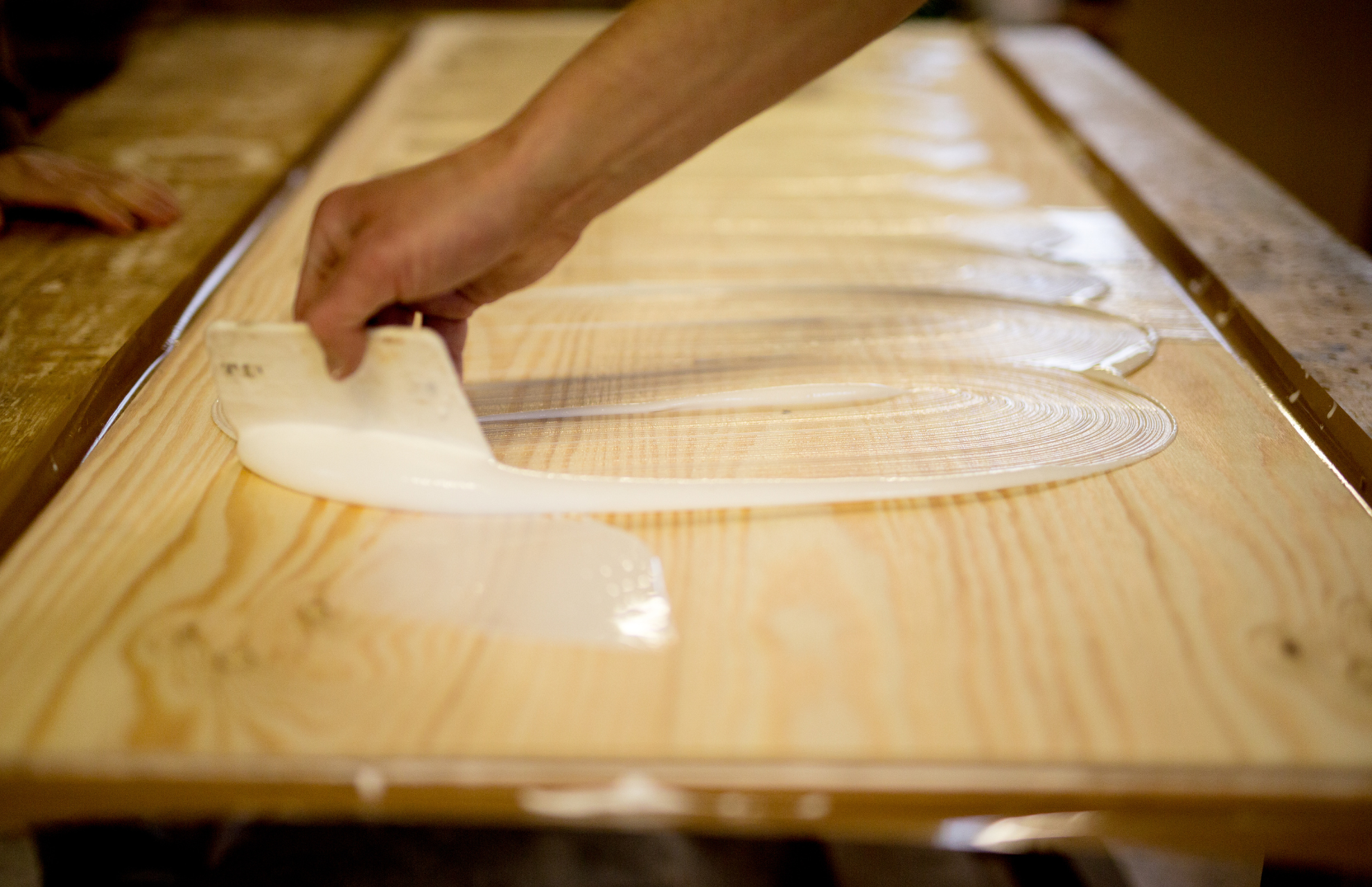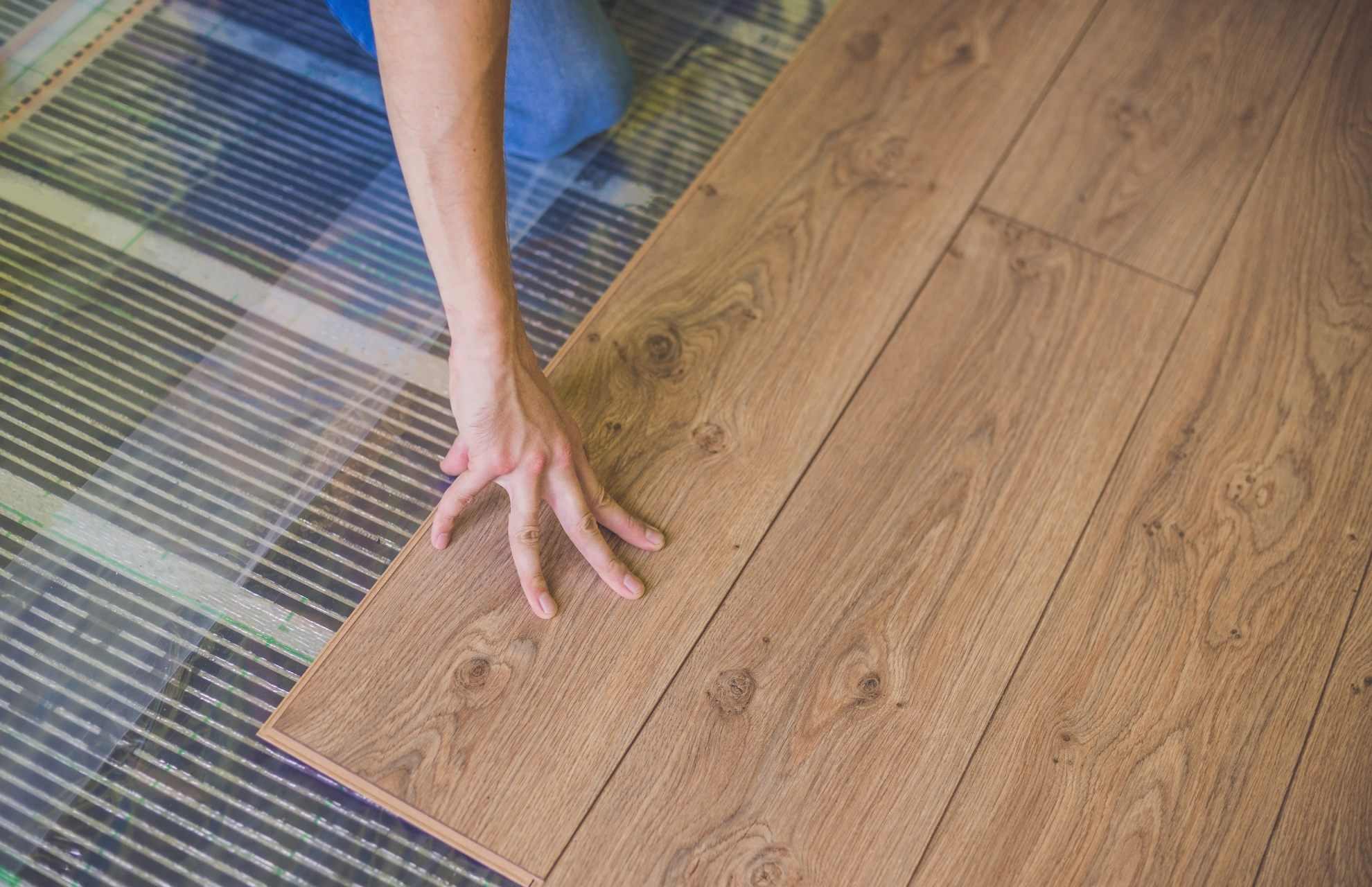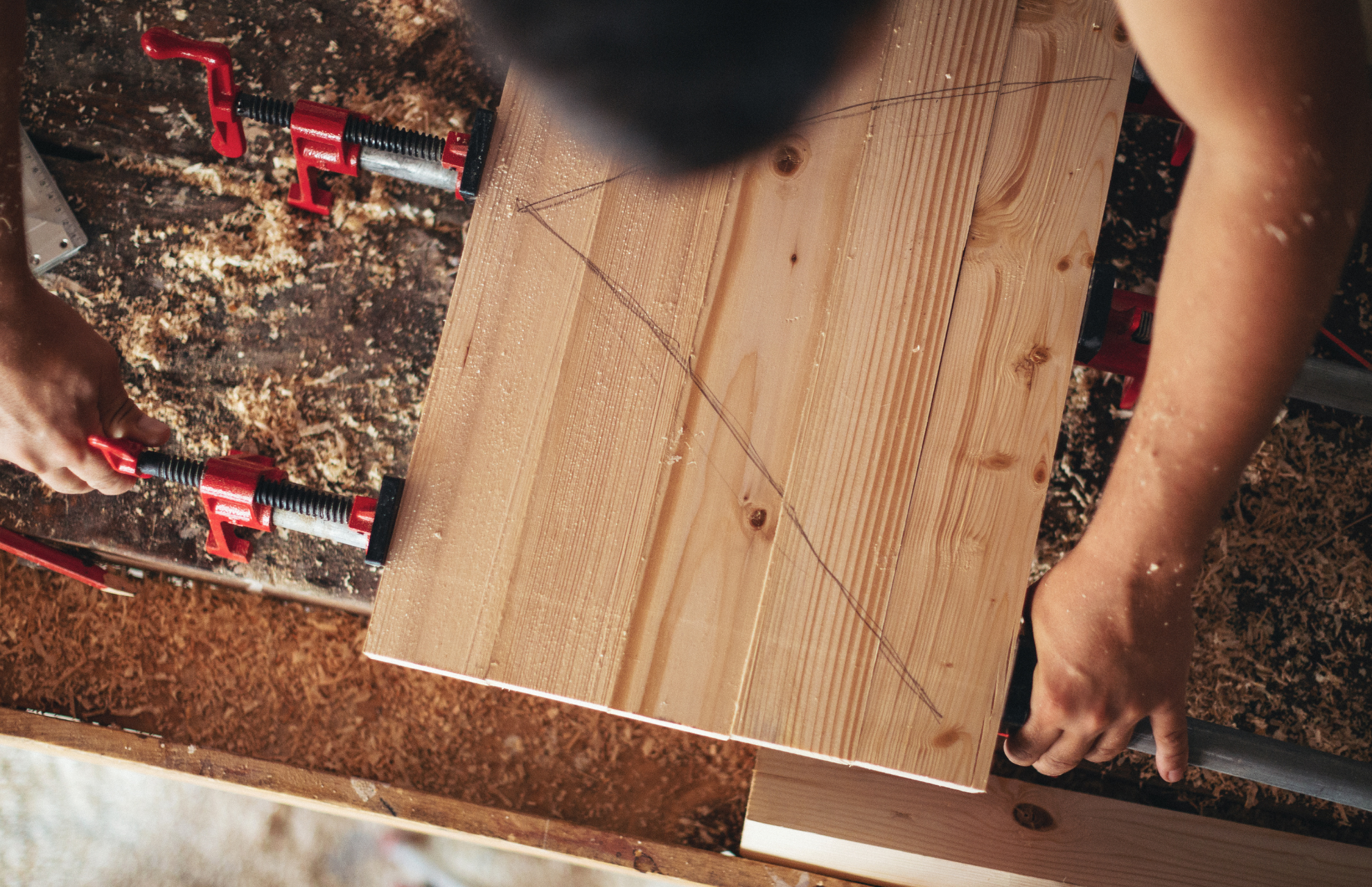
How Long Does Wood Glue Take To Dry [+ Tips and FAQs]
Wood glue is a fundamental component of woodworking projects, binding pieces of wood together to create sturdy and enduring structures. The duration it takes for wood glue to dry plays a pivotal role in the success of these projects.
In this article, we will explore the factors that affect wood glue drying times and provide tips to expedite the process. We will also address frequently asked questions, and provide tips to help you become a wood glue drying expert.
- Factors Affecting Drying Time of Wood
- Drying Times for Different Types of Glue
- Importance of Drying Wood Glue
- Tips for Drying Wood Glue Faster
- Become An Expert In Wood Glue Drying
- FAQs About Wood Glue Drying
- What is the difference between wood glue drying and curing?
- Is there a maximum time limit for clamping wood glued pieces together?
- Are there any safety precautions I should take when working with wood glue and trying to dry it faster?
- Can I sand the glued surface to speed up drying or improve the bond?
- Is there a way to remove excess glue if I've applied too much and it's taking too long to dry?
Factors Affecting Drying Time of Wood
Wood glue drying time is influenced by various factors that interact to determine the overall duration. Understanding these factors is essential for efficient woodworking.
Type of Glue
The type of wood glue you use significantly impacts drying time. Different glue formulations have varying drying rates.
For instance, PVA glue dries relatively quickly, while epoxy glue takes longer. Select the glue that aligns with your project's specific needs.
Temperature and Humidity
Temperature and humidity play a critical role in the wood glue drying process.
Warm temperatures accelerate the drying process, as they help the water in the glue evaporate more quickly. On the other hand, high humidity levels can slow down drying, as the surrounding air is already saturated with moisture, making it more challenging for the glue to release its moisture.

The ideal temperature and humidity levels can vary depending on the type of glue you're using, so it's essential to follow the manufacturer's recommendations for the specific glue you're working with.
Porosity and Moisture Content of Wood
The porosity and moisture content of the wood surfaces you're bonding also have a significant impact on drying times.

Dry, well-prepared wood surfaces bond faster than those with excess moisture. Excess moisture in the wood can dilute the glue, making it less effective, and it can also increase the time it takes for the moisture in the glue to evaporate.
Properly preparing the wood by ensuring it is dry and free from contaminants can help ensure a stronger and quicker bond.
Drying Times for Different Types of Glue
Different types of wood glue have unique characteristics and, consequently, varying drying times. Let's delve into the specifics of some common wood glue types:
Wood Glue
Standard wood glue typically dries in the range of 30 minutes to 24 hours, depending on the factors mentioned earlier. It's versatile and commonly used in woodworking projects.
PVA Glue
PVA glue, often referred to as white glue or carpenter's glue, is known for its quick drying time. It can set in as little as 15 to 30 minutes, making it ideal for smaller projects and repairs.
Polyurethane Glue
Polyurethane glue takes a bit longer to dry, usually around 1 to 12 hours. It's favoured for its strong bond and versatility in various applications.
Epoxy Glue
Epoxy glue is a two-part adhesive, requiring mixing before use. It can take anywhere from 5 minutes to 24 hours to dry, depending on the specific product and formulation. Epoxy is prized for its exceptional strength.
Importance of Drying Wood Glue
The drying time of wood glue is a crucial aspect of any woodworking project, and it significantly affects the quality of the final result. While the anticipation of completing your project can be challenging, rushing the process can lead to several undesirable consequences.
Overall, waiting for wood glue to dry properly helps to:
- Ensure a strong and durable bond between wood pieces.
- Prevent movement of the wood, which can cause misaligned seams in your project.
- Facilitate smoother sanding and staining processes, leading to a higher-quality finish.
- Avoid the need for re-gluing, saving you time and effort.
- Protect your work from potential damage that could be caused by handling it prematurely.
Tips for Drying Wood Glue Faster
When working on woodworking projects, time is often of the essence. Here are some tips to expedite the wood glue drying process:
Avoid Overapplication
To speed up drying, apply a thin, even layer of glue to the surfaces you want to bond. Excess glue takes longer to dry and may result in a weaker bond.

Increase Temperature
Warmer temperatures encourage faster drying. You can achieve this by working in a heated environment or using heat lamps. However, be cautious not to overheat, as it can compromise the bond.
Proper Ventilation
Ensure your workspace has proper ventilation. Good air circulation aids in removing excess moisture, expediting the drying process. Use exhaust fans or open windows when possible.

Preheat the Wood
Warm the wood surfaces before applying glue. This can be done using a heat gun or placing the wood in a warm environment. Warm wood allows the glue to dry faster.
Clamp Tightly
When glueing two pieces of wood, make sure to use clamps to hold them tightly. This ensures even pressure and forces out excess glue, reducing drying time.

Become An Expert In Wood Glue Drying
Understanding how long wood glue takes to dry and the factors that influence it is crucial for any woodworking project. By implementing the tips provided in this article and having a grasp of the various wood glue types, you can ensure successful and efficient bonding.
And as always, remember to prioritise safety and patience in your woodworking endeavours!
FAQs About Wood Glue Drying
What is the difference between wood glue drying and curing?
Drying is the first step in the wood glue setting process. It's when the water or solvent in the glue evaporates, causing the glue to go from a liquid to a tacky, semi-solid state. This phase can be relatively quick, but it doesn't give the glue its full strength.
Curing comes after drying. It's a longer-term process where the glue continues to strengthen and harden over time. This can take hours, days, or even weeks, depending on the type of glue used. Fully cured glue is harder, more durable, and better able to withstand wear and tear.
In a nutshell, drying is the initial stage where the glue goes from wet to tacky, while curing is the ongoing process that makes the glue strong and durable. Both phases are essential for a reliable bond in woodworking projects.
Is there a maximum time limit for clamping wood glued pieces together?
Most wood glue products have a recommended clamping time mentioned on their labels. It's important to follow these guidelines as clamping too long or too short can affect the quality of the bond.
Are there any safety precautions I should take when working with wood glue and trying to dry it faster?
Yes, safety is essential. Ensure proper ventilation to avoid inhaling fumes, wear protective gear like gloves and safety glasses, and follow the manufacturer's safety instructions on the glue bottle.
Can I sand the glued surface to speed up drying or improve the bond?
Sanding the glued surface is not typically recommended to speed up drying. It may affect the bond's strength. Sanding is generally done for surface preparation before applying glue.
Is there a way to remove excess glue if I've applied too much and it's taking too long to dry?
If you've applied excess glue, you can carefully remove it with a damp cloth or a sharp chisel before it fully dries. Removing excess glue can help reduce drying time.
